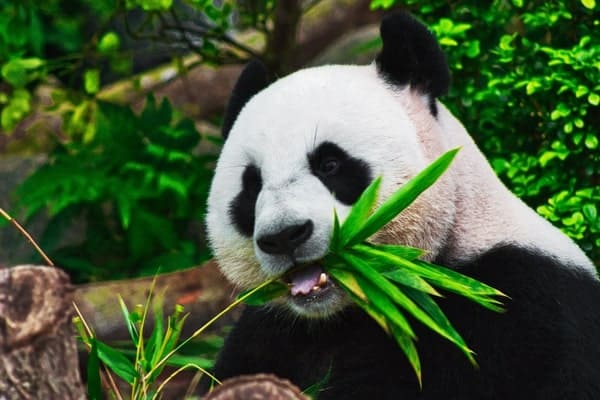Pandas: Icons of Conservation
Pandas, known for their distinctive black-and-white fur, are one of the most beloved animals in the world. Native to the mountain ranges of central China, these bears are highly specialized feeders, with bamboo making up 99% of their diet. Despite being classified as carnivores, pandas have evolved to survive almost entirely on bamboo, which they consume in massive quantities—up to 40 pounds per day!
Pandas are solitary animals and spend most of their time foraging for food. Due to their diet, they have strong jaws and large molars to help them crush bamboo stems and leaves. Their unique "thumb," a modified wrist bone, helps them grip bamboo as they eat.
Once considered critically endangered, giant pandas have become a symbol of wildlife conservation worldwide. Due to concerted conservation efforts, their status was upgraded to "vulnerable" in 2016. These efforts include habitat preservation, anti-poaching laws, and successful breeding programs in captivity. China's network of panda reserves has played a crucial role in their recovery, providing safe habitats for the remaining wild pandas.
However, pandas still face significant threats, including habitat loss due to deforestation and the fragmentation of bamboo forests. Climate change also poses a risk, as it could reduce the availability of bamboo in the wild. Continued conservation efforts are vital to ensuring the survival of this iconic species.

